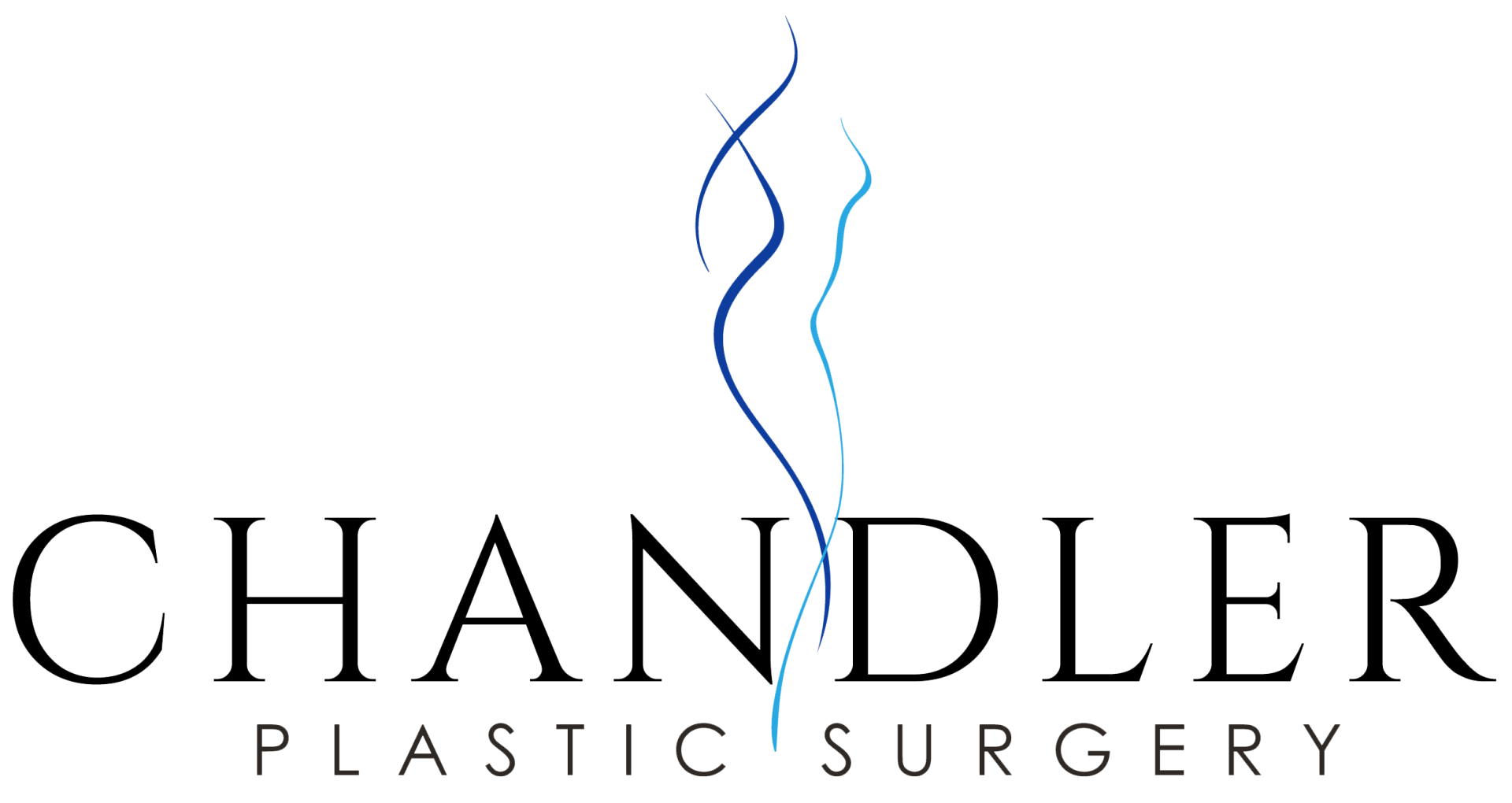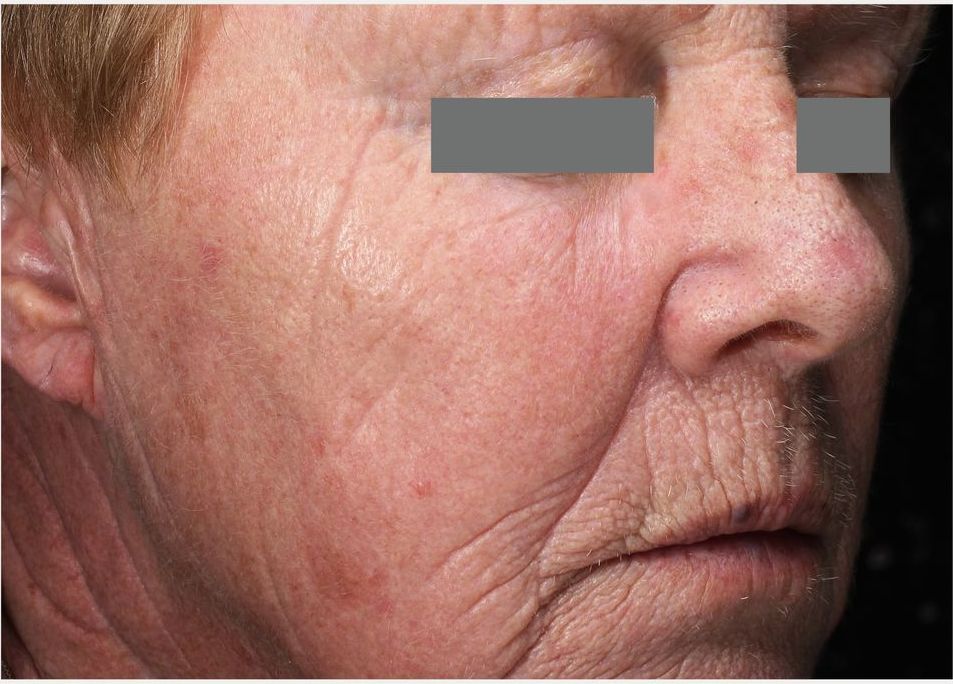FRAXEL LASER TREATMENTS
FRAXEL Laser Skin Resurfacing Performed in Darien, Connecticut
A fractional laser, or the FRAXEL, is a non-ablative laser treatment used for skin resurfacing and rejuvenation. It works by creating microscopic columns of heat in the skin, stimulating collagen production and promoting the body's natural healing process to improve skin tone, texture, and reduce the appearance of wrinkles, scars, and sun damage. FRAXEL laser resurfacing promotes natural skin rejuvenation to effectively repair skin damage and reverse the signs of aging. This FDA cleared, non-invasive laser treatment is perfect for individuals who want their skin to look younger and blemish free without the side effects and lengthy downtime associated with surgical facelifts or more aggressive laser procedures. By resurfacing the skin and stimulating the production of collagen, Fraxel repairs UV damage such as brown spots, corrects hyper-pigmentation, diminishes fine lines and wrinkles, restores skin tone and texture, and improves acne scars and stretch marks. Besides repairing and restoring the skin, Laser Skin Resurfacing is a popular treatment among men and women in their 20’s and 30’s who want to prevent skin damage and maintain the health and vitality of their complexions.
View more before and after photos at our photo gallery
Let Fraxel rejuvenate your appearance with smooth, soft, damage free skin. Get started today by scheduling a consultation with Chandler Plastic Surgery, the premier Fraxel Darien CT provider.
Laser treatments are designed to improve skin surface texture, color and tone. They reduce the appearance of fine lines, wrinkles, acne scars, brown spots and other discoloration from sun damage. Our providers will work with you to assess your skin quality and provide you with an individualized treatment plan, with a chemical peel and strength that is suited to your skin type.
FRACTIONATED LASER Q&A
What does FRAXEL mean?
Fraxel refers to fractional laser skin resurfacing. The term "fractional" refers to the fact that the laser treats only a small fraction of the skin's surface, delivering a large number of very tiny dots of energy, stimulating the wound healing cascade and collagen production while leaving surrounding areas untouched to allow for faster healing time. Fractionated laser treatment does NOT wound the skin or remove layers of the skin surface, instead they create "microthermal zones" to create a controlled collagen production, resulting in smoother skin, improvement in texture and pigmentation. The 1550 nm Fraxel laser targets a deeper layer of the skin (superficial papillary to mid dermis) to target fine lines, wrinkles and skin texture. The 1940 nm Fraxel laser targets more superficial skin structures (epidermis and superficial papillary dermis) for more superficial skin conditions such as pigmentation.
What is the down time after a fractionated laser treatment?
Most patients able to resume normal activities within a few days. A sunburn-like/sunkissed reaction such as redness, swelling, and peeling/skin dryness are normal initially and usually subside within a week, with full recovery taking up to two weeks. As the skin heals, it may peel or flake, revealing new, smoother skin underneath. There is some individual variation, with some experiencing a quick recovery and others may notice redness or flaking for a longer period of time.
Do fractionated laser treatments hurt?
Fractionated laser treatments are generally tolerated well, with most patients experiencing mild discomfort only. A topical numbing cream may be applied before the procedure to reduce pain. It is common to experience a sensation of heat or slight prickling during the procedure. After the treatment, the skin may feel warm like a sunburn for a few hours, which typically subsides quickly.
What can I do to optimize my skin before a fractionated laser treatment?
One Month Prior:
- Avoid sunbathing, tanning beds and self-tanners
- Wear sun protection - SPF 30+
- Consider using a moisturizing lotion daily
1-2 Weeks Prior:
- Avoid the use of photosensitizing medications, and medications such as Retinol or Glycolic Acid
- Avoid any abrasive skin products, exfoliants or peels
- Avoid sun exposure as much as possible and continue to use a strong SPF
- Consider utilizing a moisturizer in the 5-7 days before the treatment
One Day Prior:
- If you have a history of Herpes Simplex virus infection, you may consider taking an antiviral medication as prescribed by your doctor
Day of Treatment:
- Inform your provider if you have changed medications or have had recent sun exposure
- Only apply EMLA or other topical anesthetic if directed by your provider
- Do not exercise or go to the gym, spa or sauna immediately before treatment
What is the aftercare?
- Apply moisturizer and a sunscreen (SPF 30+) to all areas treated and avoid sun exposure immediately after treatment. Keeping the skin moisturized will protect it as it heals.
- Avoid saunas, strenuous exercise, and any activity that may cause excessive heat to the treatment area for 24 hours
- Avoid makeup for 25 hours
- Avoid scrubbing or scratching the treated areas
- Regularly apply Aquaphor while dryness is significant, followed by a regular moisturizer (plus SPF 30+) once dryness has subsided
- Do not apply products that may cause your skin to react negatively (e.g. scrubs, exfoliating agents, products with fragrance or perfumes)
- Do not use peels or aggressive cleansers for 5-10 days or until crusting/dry skin has cleared
- Inform your provider immediately if there is continued or severe discomfort, blistering or rash
- Avoid direct sun if possible for 2 weeks post-treatment, but if you cannot avoid direct sun exposure, always use sunscreen (30 SPF+) and reapply every 2 hours
- If you are having additional treatments, it is strongly recommended to avoid all sun exposure between treatments
- Avoid exfoliating, bleaching, waxing, scrubbing or massaging your skin while it is still sensitive.





